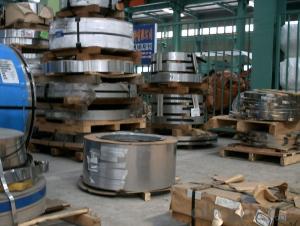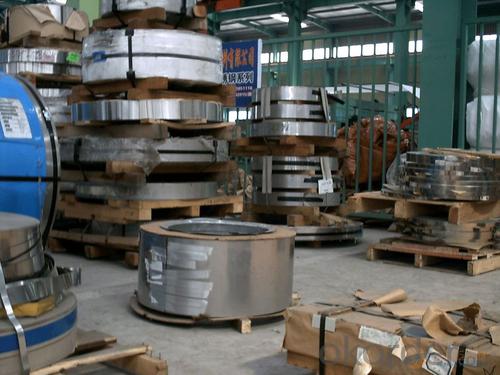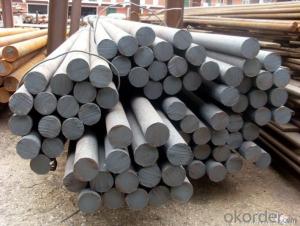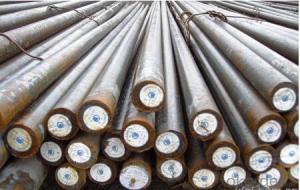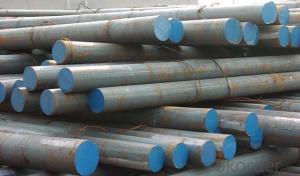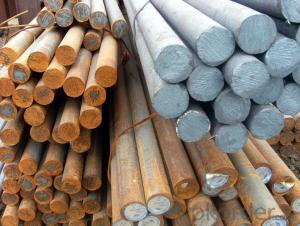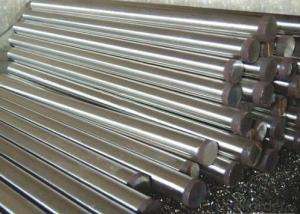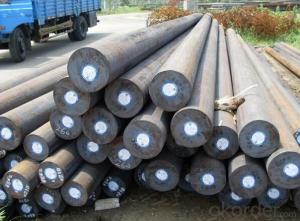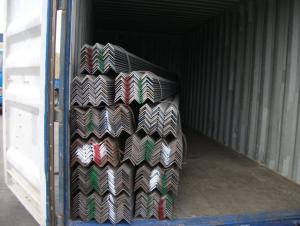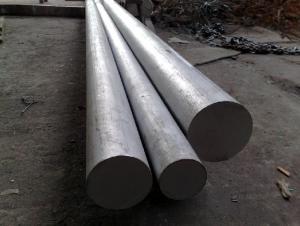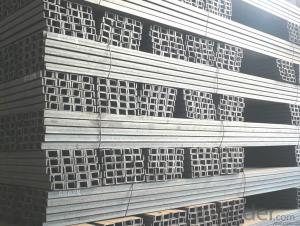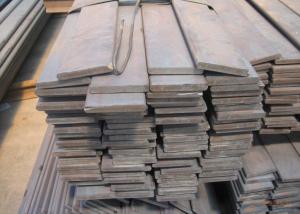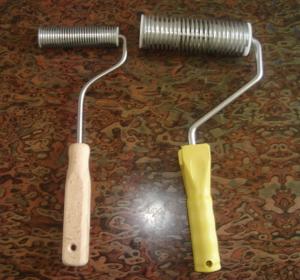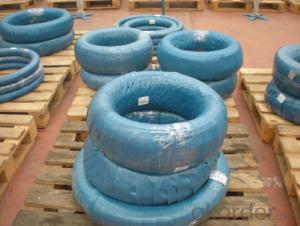Bulk rolled galvanized spring steel with grade A quality
- Loading Port:
- Tianjin
- Payment Terms:
- TT or LC
- Min Order Qty:
- 34 m.t.
- Supply Capability:
- 35000 m.t./month
OKorder Service Pledge
Quality Product, Order Online Tracking, Timely Delivery
OKorder Financial Service
Credit Rating, Credit Services, Credit Purchasing
You Might Also Like
Specifications
A.Size:9/10/12.5/14/16/19/25mm(wide)
B.Function:for handtools
C.Material:65M
D.Anti-rust
Quick Details
| Place of Origin: | Tianjin China (Mainland) | Brand Name: | HX | Model Number: | 65 |
| Style: | Flat;Leaf;Plate | Load Type: | Compression | Material: | Steel |
| Usage: | Industrial | Strength: | ingenuous structure with good obdurability | Color: | By customer |
| Matertial: | 65Mn | Width: | 9/10/12.5/14/16/19/25mm(wide) | Lengh: | Endless |
| Thickness: | 0.36-1.2mm | Using scope: | Tape measure and so on | Design: | spring steel for springs |
| Attributes: | Anti-rust | Firmness: | Best |
Packaging & Delivery
| Packaging Detail: | spring steel for springs 1pcs/roll,10pcs/paper wrap,500pcs/carton |
| Delivery Detail: | 15~25days |
Specifications
spring steel for springs
A.Size:9/10/12.5/14/16/19/25mm(wide)
B.Function:for handtools
C.Material:65M
D.Anti-rust
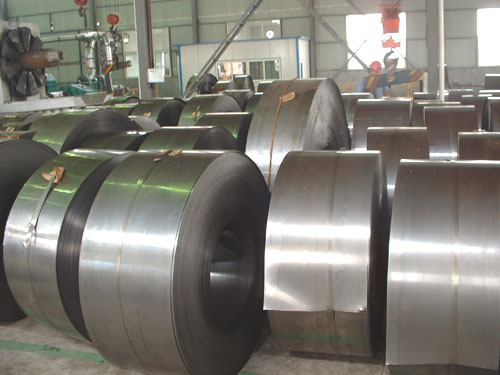

- Q: What are the different methods for improving the toughness of tool steels used in special steel?
- There are several methods for improving the toughness of tool steels used in special steel. One common method is through the addition of certain alloying elements, such as vanadium or tungsten, which can enhance the steel's toughness while maintaining its hardness. Another method is through heat treatment processes, such as tempering or quenching, which can help to refine the steel's microstructure and improve its toughness. Additionally, the use of specific manufacturing techniques, such as hot working or forging, can also contribute to enhancing the toughness of tool steels.
- Q: How does special steel contribute to the marine aftermarket industry?
- The marine aftermarket industry heavily relies on special steel, which offers a myriad of advantages and applications. To start, special steel possesses extraordinary strength and durability, making it an ideal choice for manufacturing marine parts and components. These include propeller shafts, rudders, marine engine parts, and various structural elements. The marine environment is notoriously harsh and corrosive, with constant exposure to saltwater, waves, and extreme weather conditions. Specifically designed to withstand these corrosive elements, special steel, such as stainless steel or corrosion-resistant alloys, provides exceptional resistance to rust, pitting, and other forms of corrosion. This ensures the longevity and dependability of marine equipment. In addition, special steel is frequently employed in high-performance marine engines and turbines due to its remarkable heat resistance and mechanical properties. It can endure high temperatures and pressures, making it suitable for marine propulsion systems that require superior performance and efficiency. Moreover, special steel finds extensive usage in the construction of marine vessels, including ships, offshore platforms, and submarines. Its high strength-to-weight ratio allows for the creation of lightweight yet robust structures, resulting in enhanced fuel efficiency and overall performance. Furthermore, special steel's ability to withstand impact and fatigue loading is crucial for maintaining the safety and structural integrity of marine vessels. Furthermore, special steel contributes to the marine aftermarket industry through its versatility. It can be easily fabricated and customized to meet specific design requirements, enabling the production of unique and tailored marine components. This flexibility empowers the marine aftermarket industry to offer a wide variety of replacement parts and upgrades for existing vessels, improving their performance, efficiency, and safety. In conclusion, special steel plays an indispensable role in the marine aftermarket industry. Its strength, durability, corrosion resistance, and versatility make it an essential material for manufacturing marine components, constructing vessels, and enhancing overall performance. With its unique properties, special steel ensures the safety, reliability, and efficiency of marine equipment, thereby contributing to the growth and success of the marine aftermarket industry.
- Q: What are the magnetic properties of special steel?
- Special steel can exhibit a range of magnetic properties depending on its composition and processing. It can be non-magnetic, weakly magnetic, or strongly magnetic. The specific magnetic properties of special steel can be tailored to meet specific requirements for different applications.
- Q: What are the main factors affecting the creep resistance of special steel?
- The main factors affecting the creep resistance of special steel are composition, microstructure, and processing conditions. Composition plays a critical role in determining the creep resistance of special steel. The presence of alloying elements such as chromium, molybdenum, and vanadium can enhance the creep resistance by forming stable precipitates or carbides that impede dislocation movement. These alloying elements also contribute to the formation of a protective oxide layer, which can further improve the resistance to creep. Microstructure is another important factor affecting creep resistance. Fine-grained structures, achieved through proper heat treatment or alloying, can hinder dislocation movement and enhance the strength of the material, thereby improving creep resistance. Additionally, the presence of grain boundaries can act as barriers to dislocation motion, reducing the creep rate. Processing conditions, including heat treatment and deformation processes, can significantly influence the creep resistance of special steel. The choice of heat treatment parameters, such as temperature and cooling rate, can affect the precipitation of strengthening phases and the formation of a desirable microstructure. Proper deformation processing, such as hot working or cold working, can refine the grain structure and enhance the creep resistance. Other factors that can affect the creep resistance of special steel include temperature, stress, and time. Higher temperatures can accelerate creep deformation, while higher applied stresses can increase the creep rate. The duration of exposure to elevated temperatures and stresses also plays a role, as prolonged exposure can lead to creep failure. In conclusion, the creep resistance of special steel is influenced by various factors, including composition, microstructure, processing conditions, temperature, stress, and time. By carefully considering and optimizing these factors, the creep resistance of special steel can be enhanced, making it suitable for high-temperature and long-term applications.
- Q: What are the different nitriding techniques used for special steel?
- There are several nitriding techniques used for special steel, including gas nitriding, salt bath nitriding, plasma nitriding, and ion nitriding. Each technique involves introducing nitrogen into the surface of the steel to improve its hardness, wear resistance, and corrosion resistance. Gas nitriding involves exposing the steel to ammonia gas at high temperatures, while salt bath nitriding immerses the steel in a bath of molten salts containing nitrogen. Plasma nitriding and ion nitriding both use electrical discharges to ionize nitrogen gas and accelerate it towards the steel surface. These techniques offer different levels of control over the nitriding process and can be tailored to meet specific requirements for different types of special steel applications.
- Q: Can special steel be used in the jewelry industry?
- Yes, special steel can be used in the jewelry industry. It is often used as an alternative to precious metals like gold or silver due to its durability and affordability. Special steel can be used to create unique and stylish jewelry pieces, such as rings, bracelets, and necklaces, that are resistant to tarnish and wear.
- Q: What are the different casting grades of special steel?
- The different casting grades of special steel include low alloy steel, high alloy steel, stainless steel, tool steel, and heat-resistant steel.
- Q: How does special steel perform in high-temperature strength?
- Special steel, also referred to as high-temperature steel, is engineered for superior performance in applications requiring high-temperature strength. Unlike standard steels, which can weaken and compromise structural integrity at elevated temperatures, special steel maintains its mechanical properties even in extreme heat conditions. The exceptional high-temperature strength of special steel stems from its distinctive composition. It is typically alloyed with elements like chromium, nickel, and molybdenum, significantly enhancing its resistance to thermal expansion, oxidation, and creep. These alloying elements form stable oxides on the steel's surface, creating a protective layer that prevents further oxidation and corrosion, thus preserving the material's strength and integrity. Furthermore, the microstructure of special steel is vital to its high-temperature performance. Through advanced manufacturing techniques, special steel is crafted with a fine-grained structure, enhancing its resistance to deformation and boosting its creep strength. The fine grains also contribute to its ability to retain mechanical properties at elevated temperatures for extended periods. Moreover, special steel undergoes rigorous heat treatment processes, such as quenching and tempering, which further enhance its high-temperature strength. These processes refine the microstructure and optimize the steel's mechanical properties, including hardness, toughness, and resistance to thermal fatigue. In conclusion, special steel is purposefully designed and engineered to excel in applications requiring high-temperature strength. Its unique composition, microstructure, and heat treatment processes contribute to its exceptional resistance to thermal expansion, oxidation, and creep, ensuring that it maintains its mechanical properties and structural integrity even under extreme heat conditions.
- Q: Can special steel be machined easily?
- No, special steel is generally not easy to machine due to its higher hardness and strength compared to regular steel.
- Q: What are the applications of high-speed steel?
- High-speed steel has various applications due to its exceptional properties. It is commonly used in the manufacturing of cutting tools such as drills, saw blades, milling cutters, and taps. Its high hardness and heat resistance make it suitable for machining operations on materials like steel, cast iron, and non-ferrous alloys. Additionally, high-speed steel is also used in the production of power tool bits, punches, and dies, where its wear resistance and toughness are advantageous.
Send your message to us
Bulk rolled galvanized spring steel with grade A quality
- Loading Port:
- Tianjin
- Payment Terms:
- TT or LC
- Min Order Qty:
- 34 m.t.
- Supply Capability:
- 35000 m.t./month
OKorder Service Pledge
Quality Product, Order Online Tracking, Timely Delivery
OKorder Financial Service
Credit Rating, Credit Services, Credit Purchasing
Similar products
Hot products
Hot Searches
Related keywords
